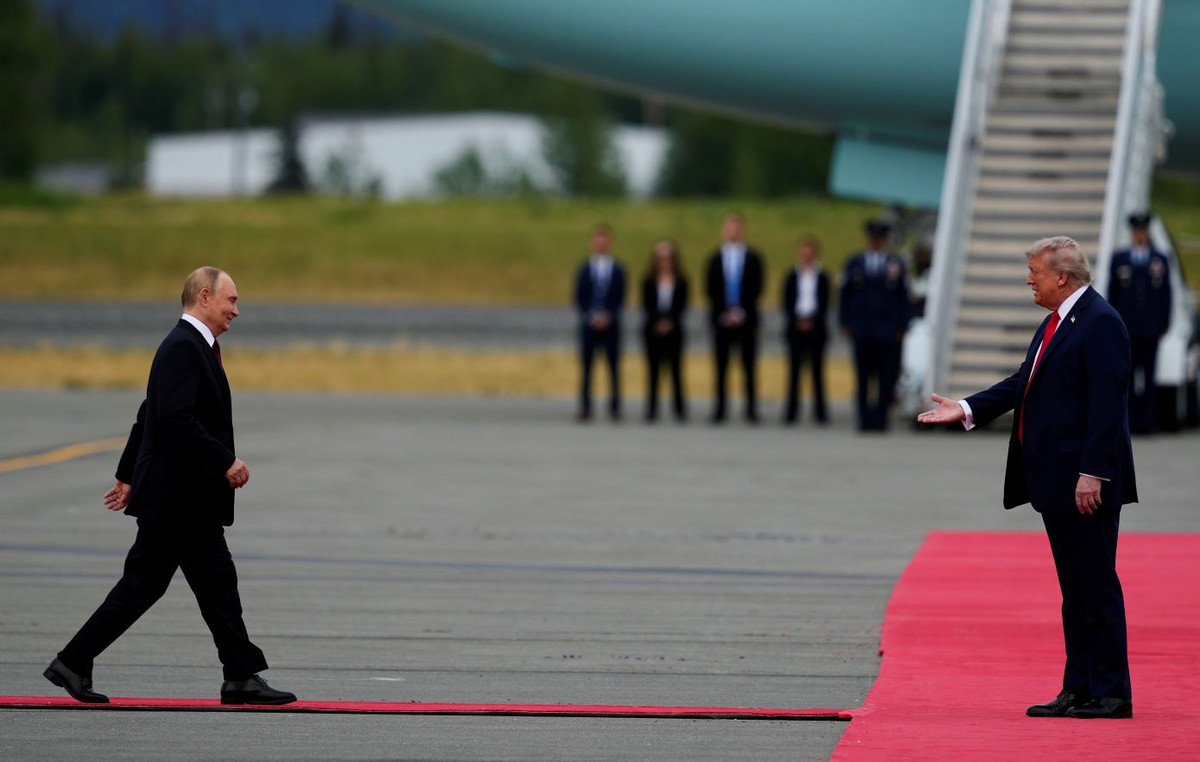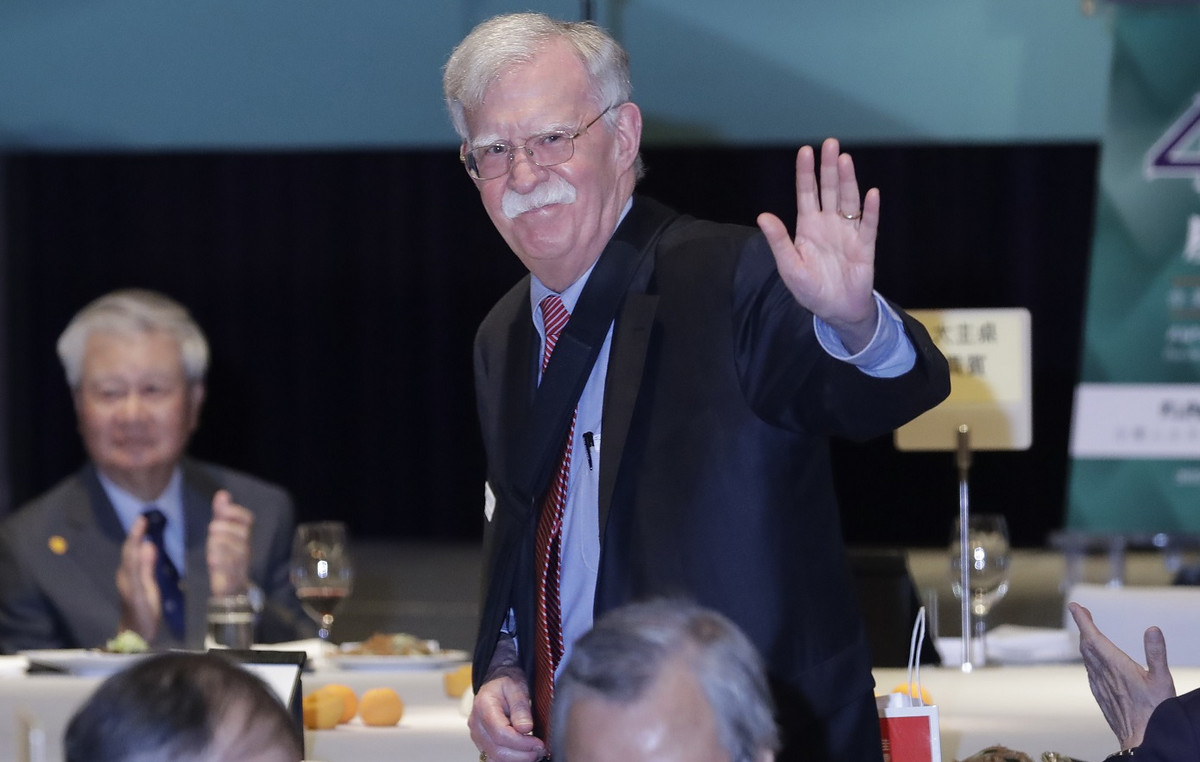- The fears that the conflict between Israel and I will climb to a regional war are promoting risk aversion and supporting USD.
- The aggressive tone of the president of the Fed, Powell, after the monetary policy decision, provided an additional impulse to the dollar.
- Volatility in the currency market could increase later today as liquidity decreases with US markets closed by the Jneteenth holiday.
The dollar has recovered its safe shelter status amid the fears that the conflict in the Middle East climb to a regional war with the US intervention. The US dollar index (DXY), which measures the value of the dollar against the most negotiated currencies in the world, extended its profits for the fourth consecutive day, reaching minimum session at 98.70 before retreating.
The US president, Trump, left the world wondering if the US will join Israel in his war against Iran, with an ambiguous message. Earlier on Thursday, Bloomberg reported that senior US officials are preparing for the possibility of an attack on Iran, which keeps markets in tension.
The conflict in the Middle East worsens without an end in view
Meanwhile, Israel has bombarded Arak’s heavy water nuclear reactor in Iran, and Iranian missiles have impacted several sites in the center and south of Israel, while the war enters its seventh day without signs of an end in sight.
On Wednesday, the Federal Reserve maintained interest rates in the current range of 4.25% -4.50% and maintained the projections of two more cut cuts in 2025. However, President Powell moderated the optimism of investors, warning about the next inflationary pressures, as the effect of the tariffs leakes, and discouraged the hopes of a cutting cuts Term
The calendar is light today, with the US markets closed by the banking holiday of the Juneteenth. It is likely that geopolitical tensions remain the main engine of the market, with liquidity decreasing during the US negotiation session, which can lead to volatility peaks.
FAQS risk feeling
In the world of financial jargon, the two terms “appetite for risk (Risk-on)” and “risk aversion (risk-off)” refers to the level of risk that investors are willing to support during the reference period. In a “Risk-on” market, investors are optimistic about the future and are more willing to buy risk assets. In a “Risk-Off” market, investors begin to “go to the safe” because they are concerned about the future and, therefore, buy less risky assets that are more certain of providing profitability, even if it is relatively modest.
Normally, during periods of “appetite for risk”, stock markets rise, and most raw materials – except gold – are also revalued, since they benefit from positive growth prospects. The currencies of countries that are large exporters of raw materials are strengthened due to the increase in demand, and cryptocurrencies rise. In a market of “risk aversion”, the bonds go up -especially the main bonds of the state -, the gold shines and the refuge currencies such as the Japanese yen, the Swiss Franco and the US dollar benefit.
The Australian dollar (Aud), the Canadian dollar (CAD), the New Zealand dollar (NZD) and the minor currencies, such as the ruble (Rub) and the South African Rand (Tsar), tend to rise in the markets in which there is “appetite for risk.” This is because the economies of these currencies depend largely on exports of raw materials for their growth, and these tend to rise in price during periods of “appetite for risk.” This is because investors foresee a greater demand for raw materials in the future due to the increase in economic activity.
The main currencies that tend to rise during the periods of “risk aversion” are the US dollar (USD), the Japanese yen (JPY) and the Swiss Franco (CHF). The dollar, because it is the world reserve currency and because in times of crisis investors buy American public debt, which is considered safe because it is unlikely that the world’s largest economy between in suspension of payments. The Yen, for the increase in the demand for Japanese state bonds, since a great proportion is in the hands of national investors who probably do not get rid of them, not even in a crisis. The Swiss Franco, because the strict Swiss bank legislation offers investors greater protection of capital.
Source: Fx Street
I am Joshua Winder, a senior-level journalist and editor at World Stock Market. I specialize in covering news related to the stock market and economic trends. With more than 8 years of experience in this field, I have become an expert in financial reporting.







